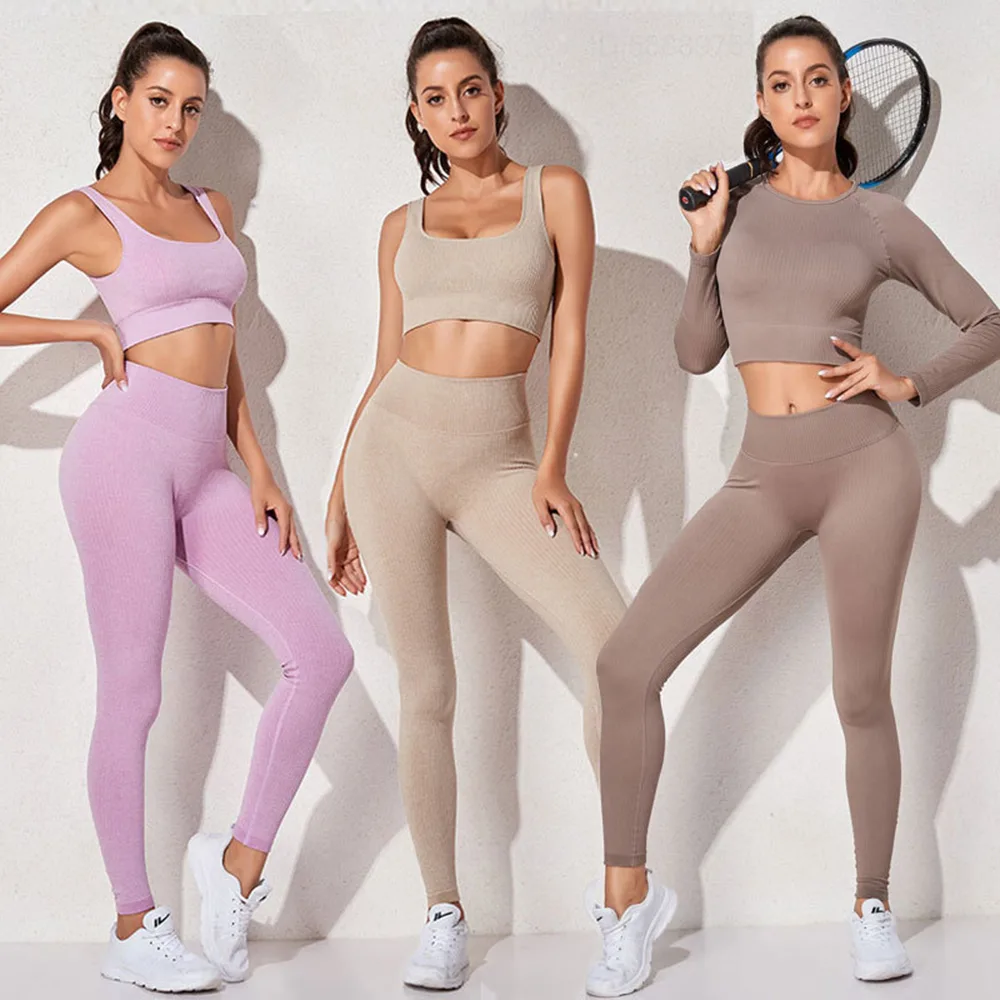Wholesale Womens Clothing That Buyers Trust UK

Introduction: Why wholesale clothing matters for UK retailers
Wholesale clothing is the backbone of thousands of UK boutiques, e-commerce start-ups, and market traders who rely on consistent supply, fair margins, and dependable quality. By purchasing wholesale clothes in bulk from vetted suppliers, retailers can keep shelves stocked with fresh styles, control unit costs, and respond quickly to shifting trends. For small businesses, the right wholesale womens clothing partner offers more than cartons of stock; it provides access to size runs that fit real customers, fabric compositions that last, and delivery schedules that match seasonal demand. Whether you run a high-street boutique in Manchester or a Shopify store serving the whole country, a strategic wholesale approach turns inventory into recurring revenue.
A strong wholesale strategy starts with clarity on your consumer. The rise of social commerce and short product cycles has placed new pressure on retailers to rotate collections faster while safeguarding cash flow. Choosing reliable wholesalers and, where relevant, specialist partners such as leggings wholesale distributors UK, helps you balance trend-led buys with proven essentials. The result is a product mix that wins repeat purchases and positive reviews without overextending your budget.
What counts as wholesale clothes today
Wholesale clothes once meant plain basics in large cartons. Today it spans private-label options, curated drops, made-in-Italy capsules, and size-inclusive collections that reflect real-world demand. Forward-thinking wholesale womens clothing suppliers source fabrics with better hand feel, test wearability, and keep a close eye on compliance and returns. For retailers, this means you can secure runway-inspired pieces for fashion-forward customers while maintaining a base layer of year-round staples such as tees, knitwear, and leggings.
Leggings deserve special mention. As athleisure and everyday comfort continue to blend, specialist leggings wholesale distributors UK have become vital for stores that want dependable opacity, stretch recovery, and inclusive sizing. A credible distributor can brief you on fabric weights, waist constructions, and seam technologies that affect customer satisfaction and returns. These details matter because a single poor batch can undermine trust in your brand.
The benefits of buying wholesale womens clothing in the UK
The UK wholesale ecosystem offers practical advantages for retailers who prize speed and reliability. Domestic warehousing supports faster dispatch, transparent VAT handling, and easier returns. Communication is smoother, fit blocks are more aligned to UK size charts, and you can plan replenishment around bank holidays and promotional calendars. With wholesale clothes sourced locally, you reduce lead times and limit the risk of stockouts during key trading weeks such as Black Friday and pre-Christmas.
There is also a strategic cash-flow advantage. Many wholesalers allow smaller minimum order quantities, enabling you to test styles without committing to deep inventory. If a dress silhouette or knit trend performs, you can reorder quickly instead of waiting for offshore production. In womenswear specifically, the ability to react to colour trends, sleeve shapes, and hemline shifts is essential. Wholesale womens clothing partners who refresh lines frequently give you the agility to keep your assortment current.
Step-by-step guide: from research to final delivery
Step 1: Define your audience and unit economics
Start by clarifying who you serve and what price points make sense. Identify your customer’s preferred fits, fabrics, and sizes, and calculate the target landed cost per unit that preserves your margin after VAT, shipping, platform fees, and returns. This exercise determines whether you focus on premium wholesale clothes with higher average order values or on value-driven staples that depend on volume.
Step 2: Map the right supplier categories
Segment potential partners by capability. For trend-driven tops and dresses, look for wholesale womens clothing suppliers with frequent newness and reliable size grading. For core bottoms, consider leggings wholesale distributors UK who specialise in performance fabrics, plus-size options, and repeatable blocks. If accessories and footwear are in scope, ensure your suppliers can coordinate colour stories so outfits merchandise well online and in-store.
Step 3: Vet quality, compliance, and fit
Request size runs and check fabric composition, stitching density, and colourfastness. Wash-test samples, photograph them under studio lights, and examine how they drape on different body types. In leggings, verify squat-proof opacity, waistband grip, and seam durability. Ensure suppliers provide clear care labels, barcodes, and UK-ready size mapping. Quality control at this stage prevents returns and protects your brand reputation.
Step 4: Analyse data and forecast demand
Use sales history, waitlists, and social insights to forecast quantities. Track best-selling sizes and colours to avoid overbuying fringe options. When dealing with wholesale clothes, pair evergreen items with limited seasonal drops to create urgency without causing dead stock. For leggings and other essentials, ring-fence budget for rolling replenishment so you never miss sales due to stockouts.
Step 5: Review commercial terms and minimums
Discuss minimum order quantities, price breaks, payment terms, and damaged-goods policies. Clarify whether the wholesaler offers pre-packs or open size ratios. For wholesale womens clothing, confirm how often new lines land and whether you can reserve units ahead of launch. If you are sourcing from leggings wholesale distributors UK, ask about continuity programmes that keep core styles available year-round at stable costs.
Step 6: Plan logistics and timelines
Align shipping windows with your trading calendar. Domestic wholesalers typically dispatch within one to three working days, which suits fast-moving e-commerce. For mixed orders—dresses, knitwear, and leggings—coordinate deliveries to land at the same time so your merchandising team can launch a cohesive story. Confirm carton weights, labelling, and any prep services such as steaming or hang tagging that save you time on arrival.
Step 7: Build product content before stock lands
Prepare size guides, fabric descriptions, and care information while goods are in transit. Photograph samples or request image sets from the supplier, then adapt them to your brand aesthetic. For leggings, highlight technical benefits such as four-way stretch, moisture-wicking, or brushed interiors. Strong product pages reduce customer uncertainty and create higher conversions from day one.
Step 8: Receive, inspect, and book in stock
On delivery, count cartons, check barcodes, and spot-inspect random units. Log discrepancies immediately. Steam or press garments as needed and stage items for photography or store display. For e-commerce, ensure your WMS or platform inventory is live before you start paid campaigns. This is the point where your careful selection of wholesale clothes becomes sellable inventory.
Step 9: Launch, monitor, and react fast
Go live with well-timed email, social, and on-site campaigns. Watch early sell-through and returns closely. If a silhouette is flying, reorder immediately. If a style underperforms, adjust pricing or reposition it in bundles. For leggings, read reviews for fit and opacity feedback, then feed insights back to your leggings wholesale distributors UK to refine the next buy.
How to choose trustworthy partners
Trustworthy wholesalers demonstrate product consistency, transparent communication, and on-time delivery. Look for signs of operational maturity: accurate stock feeds, solid after-sales support, and a willingness to replace faulty items without friction. In wholesale womens clothing, ask how often blocks are re-measured against UK sizing standards and whether the supplier conducts fabric performance tests. If your range depends on leggings, favour distributors who can explain denier, gsm, and yarn blends in practical terms and supply test reports on pilling and stretch recovery.
Reputation still matters. Check independent reviews and speak with other retailers where possible. A supplier who resolves the occasional issue quickly is far more valuable than one who makes bold promises and disappears when things go wrong. Over time, a reliable partner becomes a quiet advantage, helping you keep customers happy while competitors scramble for stock.
Balancing trend pieces with dependable staples
Sustainable profitability comes from a healthy mix. Use wholesale clothes to build a base of consistent sellers—plain tees, cotton shirts, cardigans, and leggings—then layer in seasonal statements such as metallic knits or printed dresses. The dependable items smooth your cash flow; the trend-led capsules create excitement and social engagement. Work with wholesale womens clothing partners who refresh colourways and prints without changing the fit, so returning customers can buy the same shape they love in new shades.
For leggings, consistency is key. Keep at least one black, navy, and charcoal option available at all times, and rotate seasonal colours or textures around them. Trusted leggings wholesale distributors UK can maintain exact fabric specs each season, which keeps returns down and reviews positive.
Pricing, margins, and inventory control
Establish disciplined pricing that respects your brand position. For entry-level items, consider good-better-best ladders that encourage trade-ups without confusing customers. Protect margin through careful buying: negotiate price breaks, avoid over-assortment, and commit to depth only when data supports it. If you sell online, track return reasons and use them to refine your next buy. Many issues trace back to a mismatch between on-page guidance and garment reality, so translate supplier specs into honest, shopper-friendly language.
Inventory control is a daily practice. Review sell-through and weeks-of-cover, and compare them against your promotional calendar. Replenish best sellers on a rolling basis and mark down slow movers early, not late. A dependable network of wholesale womens clothing suppliers lets you buy tighter and top up faster, improving cash conversion and reducing risk.
Ethical and sustainability considerations
Shoppers increasingly ask where garments are made and under what conditions. Even when buying wholesale clothes, you can maintain standards by asking suppliers about factory audits, fibre sourcing, and packaging reduction. Some wholesalers now offer recycled yarns, organic cotton lines, and reduced-plastic packing. Communicating these efforts clearly on product pages and social channels can strengthen trust without resorting to empty claims.
Conclusion: practical tips for beginners
Starting in wholesale womens clothing is exciting, but success comes from steady, professional habits. Begin with a sharp understanding of your customer and buy to a clear size curve, not to your personal taste. Test suppliers with small orders and expand only when quality and delivery prove consistent. Keep communication formal and documented, confirming prices, size ratios, and ETAs in writing. When adding core bottoms, work closely with leggings wholesale distributors UK who can support repeat orders, provide technical details, and maintain continuity of fit and fabric through the year.
Treat product pages as seriously as product selection. Offer precise measurements, honest fit notes, and care guidance that reduces returns. Align launches with content and email plans rather than releasing stock quietly. Review performance weekly and reorder winners immediately. As your relationships deepen, negotiate better terms and explore exclusive colourways or capsule drops that differentiate your store.
Above all, remember that wholesale clothes are not just units on a shelf; they are the tangible expression of your brand promise. Choose partners who respect that promise, manage inventory with discipline, and keep learning from customer feedback. With these foundations in place, your UK retail or e-commerce business can grow steadily, season after season, backed by suppliers and products your buyers genuinely trust.
- Art
- Causes
- Crafts
- Dance
- Drinks
- Film
- Fitness
- Food
- Games
- Gardening
- Health
- Home
- Literature
- Music
- Networking
- Other
- Party
- Religion
- Shopping
- Sports
- Theater
- Wellness


